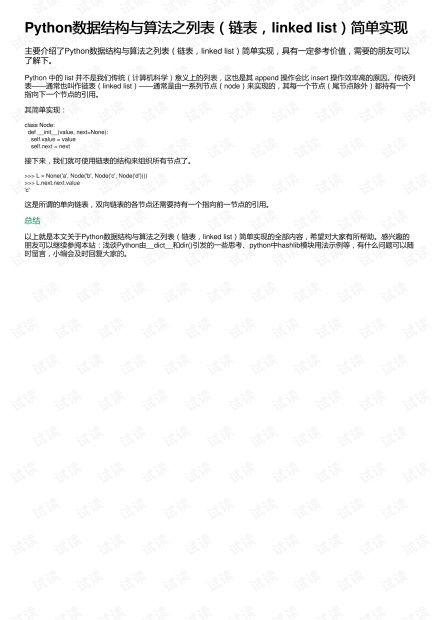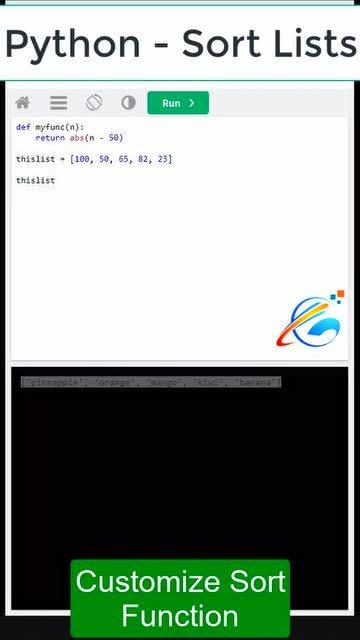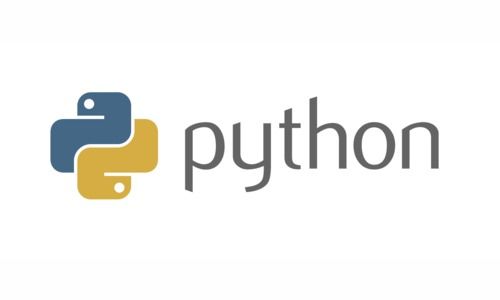Understanding Linked Lists: A Detailed Guide for Beginners
Have you ever wondered how data is stored and manipulated in a computer’s memory? One of the fundamental data structures used in programming is the linked list. In this article, I’ll take you through the intricacies of linked lists, explaining their structure, usage, and benefits. By the end, you’ll have a comprehensive understanding of this essential concept.
What is a Linked List?

A linked list is a linear collection of data elements, called nodes, each pointing to the next node by means of a pointer. Unlike arrays, which store elements in contiguous memory locations, linked lists can be scattered across the memory. This flexibility makes them a powerful tool in various programming scenarios.
Structure of a Node

Each node in a linked list consists of two main components: data and a pointer. The data component holds the actual value, while the pointer component points to the next node in the list. Here’s a basic structure of a node in Python:
class Node: def __init__(self, data): self.data = data self.next = NoneIn this example, the `Node` class has a constructor that initializes the `data` attribute with the given value and sets the `next` attribute to `None`, indicating that it’s the last node in the list.
Types of Linked Lists

There are several types of linked lists, each with its unique characteristics and use cases. Here are the most common ones:
- Singly Linked List: Each node contains a pointer to the next node in the list. This is the simplest form of a linked list.
- Doubly Linked List: Each node contains pointers to both the next and previous nodes in the list. This allows for efficient traversal in both directions.
- Circular Linked List: The last node in the list points back to the first node, creating a circular structure. This can be useful in scenarios where you need to traverse the list repeatedly.
- Looped Linked List: A variation of the circular linked list, where the last node points to a random node within the list. This can be challenging to detect and remove.
Operations on Linked Lists
Linked lists support various operations, such as insertion, deletion, and traversal. Here’s a brief overview of some common operations:
- Insertion: Adding a new node at the beginning, end, or at a specific position in the list.
- Deletion: Removing a node from the beginning, end, or at a specific position in the list.
- Traversal: Visiting each node in the list to perform a specific operation, such as printing the values or searching for a particular element.
Advantages of Linked Lists
Linked lists offer several advantages over other data structures, such as arrays:
- Dynamic Size: Linked lists can grow or shrink dynamically, as they don’t require contiguous memory allocation.
- Efficient Insertion and Deletion: Insertion and deletion operations are more efficient in linked lists, as they only require updating the pointers.
- Memory Flexibility: Linked lists can be scattered across the memory, allowing for efficient memory usage.
Disadvantages of Linked Lists
While linked lists have many advantages, they also come with some drawbacks:
- Memory Overhead: Each node in a linked list requires additional memory for the pointer component.
- Traversal Time: Traversing a linked list can be slower than accessing an element in an array, as it requires visiting each node.
Real-World Applications
Linked lists are widely used in various real-world applications, such as:
- Stacks and Queues: Linked lists are an excellent choice for implementing stacks and queues, as they allow for efficient insertion and deletion operations.
- Graphs: Linked lists can be used to represent graphs, where each node represents a vertex, and the pointers represent the edges.
- Memory Management: Linked lists are

















